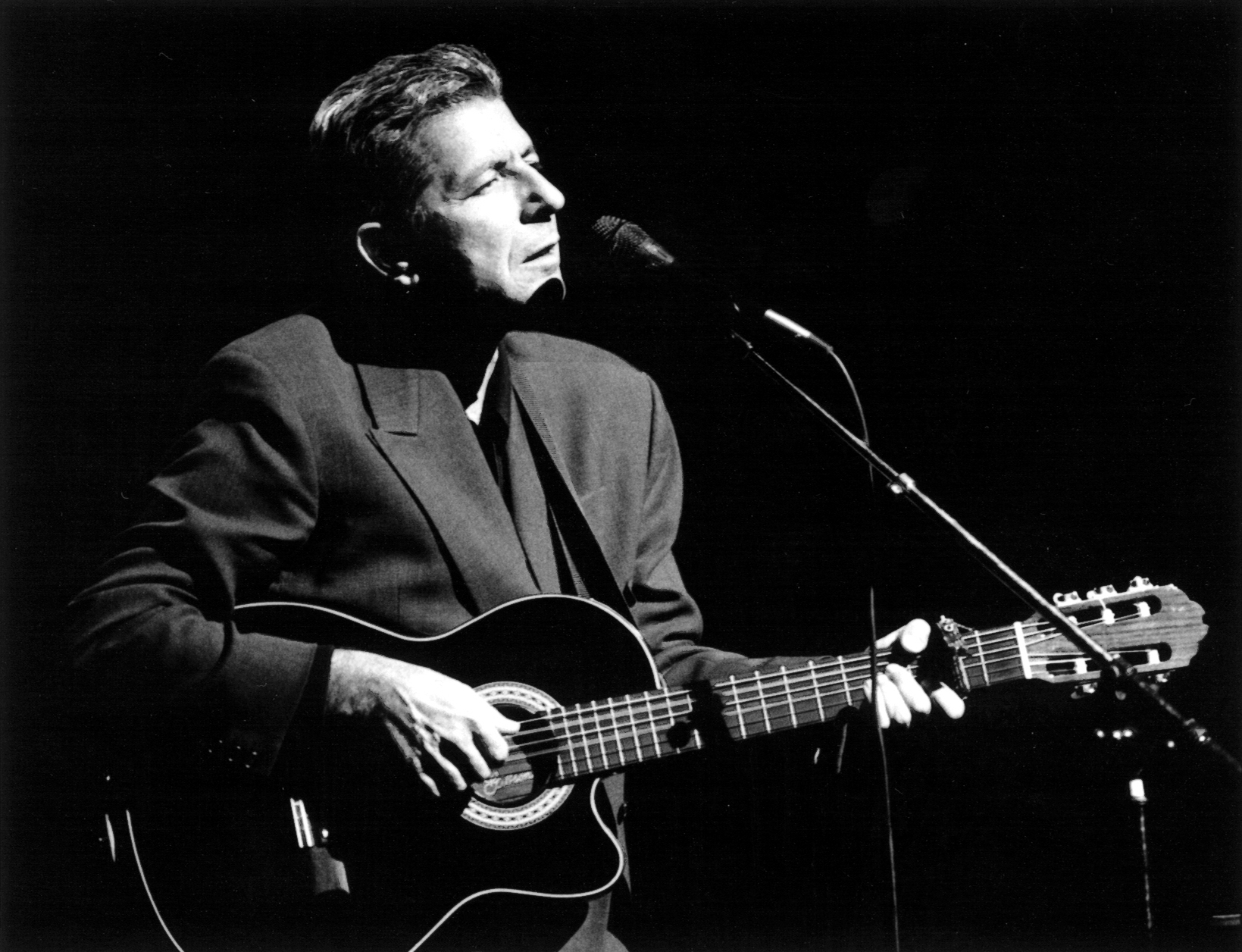Browse "Arts & Culture"
-
Article
Governor General's Literary Awards
The Governor General’s Literary Awards are the pre-eminent literary prize offered for single works in Canada. They serve to reward Canadian writers and to publicize Canadian literature through the announcement of short-listed nominees and the awards ceremony each year. As of 2017, there were 14 categories, seven each in English and French, with a cash prize of $25,000 each. The publisher of each winning book receives $3,000 to promote it, and authors that are shortlisted as finalists receive $1,000.
"https://d2ttikhf7xbzbs.cloudfront.net/media/media/b92b7c2b-030a-4e8b-a2d8-11b69cff66a6.jpg" // resources/views/front/categories/view.blade.php
https://d2ttikhf7xbzbs.cloudfront.net/media/media/b92b7c2b-030a-4e8b-a2d8-11b69cff66a6.jpg
-
Article
Governor General's Performing Arts Awards
The Governor General's Performing Arts Awards (GGPAA) are Canada's foremost distinction for excellence in the performing arts. The Awards were created in 1992 by the late Right Honourable Ramon John Hnatyshyn (1934-2002), then Governor General of Canada, and his wife Gerda.
"https://development.thecanadianencyclopedia.ca/images/tce_placeholder.jpg?v=e9dca980c9bdb3aa11e832e7ea94f5d9" // resources/views/front/categories/view.blade.php
https://development.thecanadianencyclopedia.ca/images/tce_placeholder.jpg?v=e9dca980c9bdb3aa11e832e7ea94f5d9
-
Article
Granby Song Festival/Festival de la chanson de Granby
Granby Song Festival/Festival de la chanson de Granby. Annual competition begun in 1969 in Granby, Que, by Yves Gagnon and Yves Steinmetz, to promote original Quebec song, provide amateurs with a permanent workshop, and encourage international exchange.
"https://development.thecanadianencyclopedia.ca/images/tce_placeholder.jpg?v=e9dca980c9bdb3aa11e832e7ea94f5d9" // resources/views/front/categories/view.blade.php
https://development.thecanadianencyclopedia.ca/images/tce_placeholder.jpg?v=e9dca980c9bdb3aa11e832e7ea94f5d9
-
Article
Grand Théâtre de Québec
Grand Théâtre de Québec. A building complex devoted to the performing arts, located in Quebec City at the corner of Claire-Fontaine St and René Lévesque Blvd E.
"https://development.thecanadianencyclopedia.ca/images/tce_placeholder.jpg?v=e9dca980c9bdb3aa11e832e7ea94f5d9" // resources/views/front/categories/view.blade.php
https://development.thecanadianencyclopedia.ca/images/tce_placeholder.jpg?v=e9dca980c9bdb3aa11e832e7ea94f5d9
-
Article
Greek Music in Canada
The first Greek immigrants to Canada arrived in 1891. By 1961 there were 56,000 people of Greek origin in Canada; by 1986 177,310. The largest group originated from Peloponnesus, but Macedonia, Crete, and other regions also are represented. The majority profess Greek Orthodoxy.
"https://development.thecanadianencyclopedia.ca/images/tce_placeholder.jpg?v=e9dca980c9bdb3aa11e832e7ea94f5d9" // resources/views/front/categories/view.blade.php
https://development.thecanadianencyclopedia.ca/images/tce_placeholder.jpg?v=e9dca980c9bdb3aa11e832e7ea94f5d9
-
Article
Group of Seven
The Group of Seven, also known as the Algonquin School, was a school of landscape painters. It was founded in 1920 as an organization of self-proclaimed modern artists and disbanded in 1933. The group presented the dense, northern boreal forest of the Canadian Shield as a transcendent, spiritual force. Their depictions of Canada’s rugged wind-swept forest panoramas were eventually equated with a romanticized notion of Canadian strength and independence. Their works were noted for their bright colours, tactile paint handling, and simple yet dynamic forms. In addition to Tom Thomson, David Milne and Emily Carr, the Group of Seven were the most important Canadian artists of the early 20th century. Their influence is seen in artists as diverse as abstract painter Jack Bush, the Painters Eleven, and Scottish painter Peter Doig.
"https://d2ttikhf7xbzbs.cloudfront.net/media/media/8b176fb1-c3cb-418c-a75f-a4c425f928d0.jpg" // resources/views/front/categories/view.blade.php
https://d2ttikhf7xbzbs.cloudfront.net/media/media/8b176fb1-c3cb-418c-a75f-a4c425f928d0.jpg
-
Editorial
The Inspiration of the Group of Seven
The following article is an editorial written by The Canadian Encyclopedia staff. Editorials are not usually updated.
"https://development.thecanadianencyclopedia.ca/images/tce_placeholder.jpg?v=e9dca980c9bdb3aa11e832e7ea94f5d9" // resources/views/front/categories/view.blade.php
https://development.thecanadianencyclopedia.ca/images/tce_placeholder.jpg?v=e9dca980c9bdb3aa11e832e7ea94f5d9
-
"https://development.thecanadianencyclopedia.ca/images/tce_placeholder.jpg?v=e9dca980c9bdb3aa11e832e7ea94f5d9" // resources/views/front/categories/view.blade.php
https://development.thecanadianencyclopedia.ca/images/tce_placeholder.jpg?v=e9dca980c9bdb3aa11e832e7ea94f5d9
-
Article
Habitat 67
Habitat 67 is an experimental urban residential complex designed by Israeli-born architect Moshe Safdie and located in the Cité du Havre neighbourhood south of Montréal’s Old Port sector. Commissioned by the Canadian Corporation for Expo 67, the project derives its name from the theme of the fair, “Man and His World,” and became one of the major pavilions of the exhibition. It is the only remaining structure from Expo 67 to retain its original function. In 2015, the Guardian called Habitat “a functioning icon of 1960s utopianism, and one of that period’s most important buildings.”
"https://d2ttikhf7xbzbs.cloudfront.net/media/new_article_images/Habitat67/d378c1fa-9a6d-400c-aa2b-eb5b8351d306.jpg" // resources/views/front/categories/view.blade.php
https://d2ttikhf7xbzbs.cloudfront.net/media/new_article_images/Habitat67/d378c1fa-9a6d-400c-aa2b-eb5b8351d306.jpg
-
Article
“Hallelujah”
“Hallelujah” is arguably poet and singer-songwriter Leonard Cohen’s best-known song. Considered by many to be one of the greatest songs of all time, it was ranked No. 11 on CBC Music’s list of the 100 Best Canadian Songs Ever. “Hallelujah” failed to garner much attention when it was initially released in 1985, but became increasingly popular after various artists — most notably Jeff Buckley, k.d. lang and Rufus Wainwright— performed covers of it. Since its release, “Hallelujah” has been covered by over 300 artists and has been used in numerous movies and television shows. It was inducted into the Canadian Songwriters Hall of Fame in 2006.
"https://d2ttikhf7xbzbs.cloudfront.net/media/media/0f4e9e7f-f4f7-4565-adde-2190b1f1cf06.jpg" // resources/views/front/categories/view.blade.php
https://d2ttikhf7xbzbs.cloudfront.net/media/media/0f4e9e7f-f4f7-4565-adde-2190b1f1cf06.jpg
-
Article
Hard Core Logo
Hard Core Logo (1996) is a film about a wild, intense road trip that atones for an unsettled past and its impact on the future.
"https://development.thecanadianencyclopedia.ca/images/tce_placeholder.jpg?v=e9dca980c9bdb3aa11e832e7ea94f5d9" // resources/views/front/categories/view.blade.php
https://development.thecanadianencyclopedia.ca/images/tce_placeholder.jpg?v=e9dca980c9bdb3aa11e832e7ea94f5d9
-
Article
Harmonium
Harmonium. Montreal rock group consisting of Serge Fiori (composer, guitar, flute), Michel Normandeau (vocals, guitar), and Louis Valois (bass, keyboards). The group made its debut in 1973 at Le Patriote. Its first LP was released in 1974. In August of that year Pierre A.
"https://development.thecanadianencyclopedia.ca/images/tce_placeholder.jpg?v=e9dca980c9bdb3aa11e832e7ea94f5d9" // resources/views/front/categories/view.blade.php
https://development.thecanadianencyclopedia.ca/images/tce_placeholder.jpg?v=e9dca980c9bdb3aa11e832e7ea94f5d9
-
Article
Harp
The harp is prized as much for its expressive range and gentle textures as for its elegant appearance. The instrument is heard not only in the performance of classical music, but has increasingly become an integral part of Celtic and folk music performances in Canada and elsewhere. Canadian orchestras frequently feature the harp, and Canadian composers have written numerous new works for harp.
"https://d2ttikhf7xbzbs.cloudfront.net/Paraguayan_harp_1.jpg" // resources/views/front/categories/view.blade.php
https://d2ttikhf7xbzbs.cloudfront.net/Paraguayan_harp_1.jpg
-
Article
Heartland
Heartland is a family drama that airs on CBC TV on Sundays at 7:00 p.m. Based on novels published by Working Partners under the name Lauren Brooke, it premiered in 2007 and is the longest-running one-hour drama in Canadian history. Set on a family ranch called Heartland, the Alberta-shot series follows Amy Fleming’s (Amber Marshall) relationships with her family, with ranch hand Ty Borden (Graham Wardle) and her special abilities as a horse whisperer. Winner of five Directors Guild of Canada Awards for best family television series, Heartland has averaged more than 1 million viewers per episode and is broadcast in more than 100 countries.
"https://d2ttikhf7xbzbs.cloudfront.net/media/media/08ad1906-aa59-4642-9498-3d28280f0caa.jpg" // resources/views/front/categories/view.blade.php
https://d2ttikhf7xbzbs.cloudfront.net/media/media/08ad1906-aa59-4642-9498-3d28280f0caa.jpg
-
Article
Heavy Metal
Heavy metal. Rock music subgenre and stylistic approach. Heavy metal evolved ca 1968-9 from such British psychedelic- and blues-rock bands as Cream, Led Zeppelin, and Black Sabbath.
"https://development.thecanadianencyclopedia.ca/images/tce_placeholder.jpg?v=e9dca980c9bdb3aa11e832e7ea94f5d9" // resources/views/front/categories/view.blade.php
https://development.thecanadianencyclopedia.ca/images/tce_placeholder.jpg?v=e9dca980c9bdb3aa11e832e7ea94f5d9
